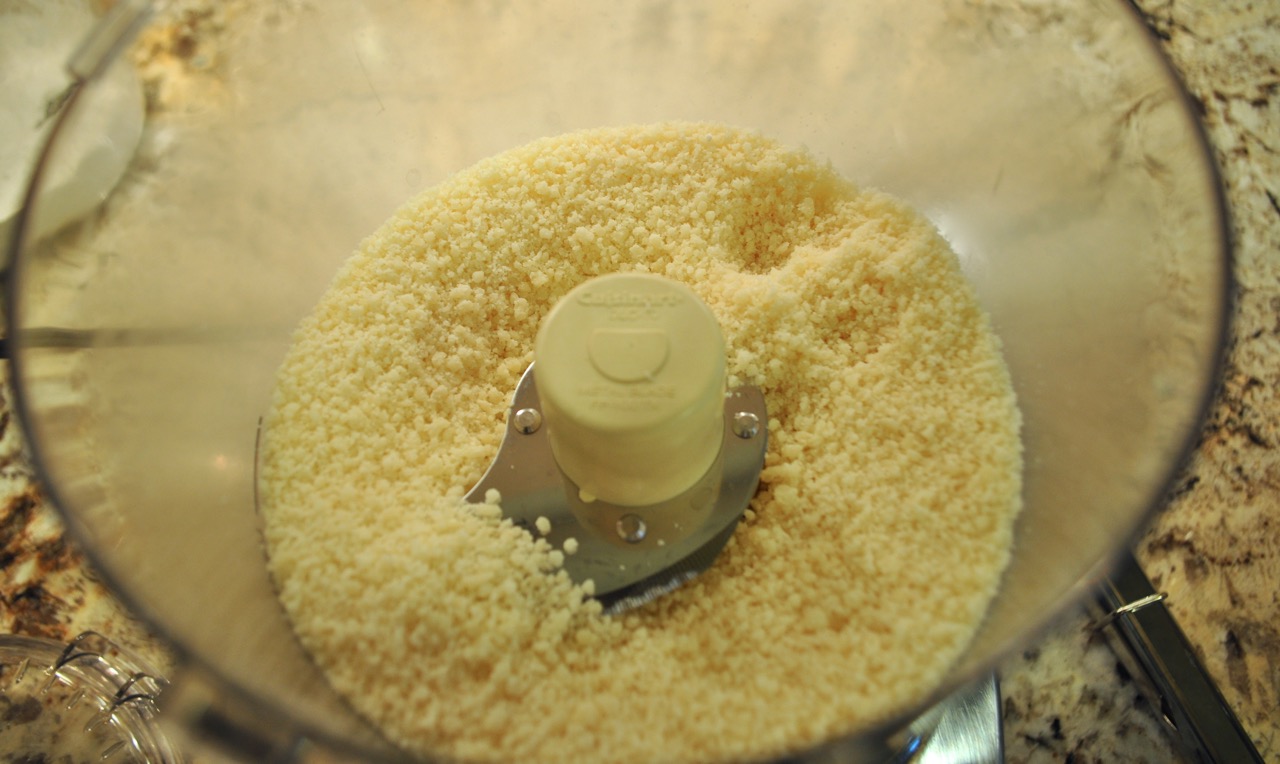

Articles
How To Grate With A Food Processor
Modified: December 6, 2023
Learn how to grate with a food processor. Our informative articles provide step-by-step instructions and tips for perfect results.
(Many of the links in this article redirect to a specific reviewed product. Your purchase of these products through affiliate links helps to generate commission for Storables.com, at no extra cost. Learn more)
Introduction
Grating is a common cooking technique used to transform ingredients into finer, shredded, or grated pieces for various culinary purposes. From cheese and vegetables to nuts and fruits, grating can add texture, flavor, and visual appeal to your dishes. While traditional methods like hand-grating can be time-consuming and labor-intensive, using a food processor can make the process more efficient and convenient.
In this article, we will explore the benefits of using a food processor for grating, guide you on how to choose the right food processor, provide tips and tricks on achieving perfect results, discuss safety precautions, and offer tips for cleaning and maintaining your food processor.
Whether you’re a seasoned home cook or an aspiring chef, mastering the art of grating with a food processor can greatly enhance your culinary skills and streamline your cooking process. So, let’s dive in and discover the wonders of grating with a food processor!
Key Takeaways:
- Grating with a food processor offers time-saving, consistent results, and versatility, making it a valuable tool in the kitchen for home cooks and culinary enthusiasts alike.
- Choosing the right food processor, proper ingredient preparation, and following safety precautions are essential for efficient and safe grating with a food processor.
Read more: How To Grate Potatoes In A Food Processor
Benefits of using a food processor for grating
Using a food processor for grating offers several advantages that make it a valuable tool in the kitchen. Here are some of the key benefits:
- Time-saving: Grating with a food processor is much quicker compared to hand-grating. The powerful motor and sharp blades of the food processor can grate large quantities of ingredients in a matter of seconds, saving you valuable time in the kitchen.
- Consistency: Achieving consistent results can be a challenge when grating by hand. With a food processor, you can expect uniform texture and size for your grated ingredients. This ensures even cooking and an appealing presentation in your dishes.
- Versatility: Food processors often come with different grating options, allowing you to choose between coarse, medium, and fine grating. This versatility makes it suitable for a wide range of ingredients, from hard cheeses to soft fruits, giving you more creativity in your cooking.
- Safety: Grating with a food processor eliminates the risk of accidental cuts and scrapes that can occur when using handheld graters. The food processor’s design and safety features minimize the chances of injuries, providing a safer grating experience.
- Effortless operation: Unlike hand-grating which requires physical effort and may strain your hands and wrists, using a food processor for grating is effortless. Simply feed the ingredients into the processor and let it do the work for you.
- Multi-functionality: Food processors are multifunctional kitchen appliances that can serve various purposes beyond grating. You can use them to chop, blend, mix, puree, and even knead dough. This versatility adds value to your kitchen and saves you the need for multiple devices.
With these benefits in mind, it’s clear that a food processor is a valuable tool for grating in the kitchen. It not only saves you time and effort but also provides consistent results, enhances safety, and offers versatility for all your grating needs.
Choosing the right food processor for grating
When it comes to choosing a food processor for grating, there are a few factors to consider to ensure you select the best one for your needs. Here are some key points to keep in mind:
- Power: Look for a food processor with a powerful motor, preferably with at least 600 watts. This will ensure that it can handle tough ingredients like hard cheeses or root vegetables without straining.
- Capacity: Consider the size of the food processor and whether it can accommodate the quantity of ingredients you typically work with. If you often cook for a large family or enjoy batch cooking, a larger capacity food processor will be more suitable.
- Blade quality: The quality of the blades is crucial for efficient grating. Look for food processors with sharp, stainless steel blades that can easily grate through a variety of ingredients. Replaceable blades are also a bonus as they extend the lifespan of your food processor.
- Grating attachments: Check whether the food processor comes with grating attachments. These attachments should include different grating options like coarse, medium, and fine. Ensure they are easy to attach and detach for convenience.
- Control options: Look for a food processor with variable speed options. The ability to control the speed allows for more precise grating, especially with delicate ingredients that require a slower speed.
- Ease of cleaning: Cleaning a food processor can be a hassle, but models with removable parts and dishwasher-safe components make the process much easier. Look for food processors that are designed with easy cleaning in mind.
- Brand reputation: Invest in a well-known and reputable brand that has a history of producing reliable and durable food processors. Read reviews from other customers to ensure the brand delivers on performance and longevity.
By considering these factors, you can choose a food processor that meets your grating needs, whether you’re a home cook who grates occasionally or a culinary enthusiast who enjoys experimenting with different ingredients and textures.
Preparing the ingredients before grating
Before you start grating with your food processor, it’s important to properly prepare the ingredients to ensure optimal results. Here are some steps to follow:
- Clean and wash: Start by cleaning and washing the ingredients you plan to grate. This includes removing any dirt or debris and patting them dry to remove excess moisture. This step is especially important for fruits and vegetables.
- Trim and cut: Trim any stems, leaves, or unwanted parts from the ingredients. For larger ingredients, such as cheese blocks, cut them into smaller chunks or slices that will fit into the food processor’s feeding tube.
- Chill firm ingredients: If you’re grating ingredients like butter or hard cheeses, it’s helpful to chill them in the refrigerator beforehand. This makes them firmer and easier to grate evenly.
- Prep delicate ingredients: Delicate ingredients like soft fruits or herbs may require extra care. For softer fruits, such as berries, it’s recommended to freeze them slightly to firm them up before grating. For herbs, remove any tough stems and ensure they are dry to avoid clumping.
- Consider pre-cutting: If your food processor has a smaller feeding tube or you prefer more uniform grating, you can pre-cut larger ingredients into smaller pieces. This can help ensure even grating results.
By following these preparation steps, you’ll set yourself up for success when it comes to grating with your food processor. Preparing the ingredients properly not only improves the grating process but also contributes to the overall taste and texture of your dishes.
Step-by-step guide to grating with a food processor
Grating with a food processor is a simple and straightforward process. Follow these step-by-step instructions to achieve perfect grating results:
- Assemble your food processor: Start by assembling all the necessary components of your food processor, including the grating attachments. Ensure that the attachments are securely attached and positioned correctly.
- Prepare the food processor: Place the food processor on a stable surface, preferably near an electrical outlet. Make sure the food processor is clean, dry, and free from any debris that could affect the grating process.
- Choose the appropriate grating attachment: Select the grating attachment that matches your desired texture. Coarse grating is ideal for ingredients like carrots or cheese, while fine grating works well for zest or breadcrumbs. Attach the chosen grating disc to the food processor.
- Prepare the ingredients: Ensure that the ingredients you want to grate are prepared according to the earlier instructions. Cut them into smaller pieces if needed and ensure they are at the right texture and temperature for grating.
- Feed the ingredients into the food processor: Turn on the food processor and start feeding the ingredients through the feeding tube. Use the food pusher to gently guide the ingredients towards the grating disc. Avoid overcrowding the feeding tube to allow for even and efficient grating.
- Grate the ingredients: Continue pushing the ingredients through the feeding tube, allowing the food processor’s sharp blades to grate them into the desired texture. Move the food pusher back and forth to ensure all the ingredients are evenly grated.
- Monitor the progress: Keep an eye on the progress to ensure that the ingredients are being grated to your desired consistency. Adjust the speed or pressure as needed to achieve the desired results.
- Turn off the food processor: Once all the ingredients have been grated, turn off the food processor. Wait for the blades to come to a complete stop before removing the grating attachment and transferring the grated ingredients to your desired container.
Remember to always follow the manufacturer’s instructions specific to your food processor model for safe and optimal usage. With this step-by-step guide, you’ll be able to grate a variety of ingredients effortlessly and efficiently using your food processor.
When grating with a food processor, make sure to use the appropriate grating attachment for the desired texture. Also, cut the food into smaller pieces to ensure even grating.
Tips and tricks for achieving perfect results
To ensure that you achieve perfect grating results with your food processor, consider the following tips and tricks:
- Freeze firm ingredients: If you’re grating firm ingredients like butter or hard cheeses, try freezing them for about 15-30 minutes before grating. This will make them easier to handle and produce neater and more uniform results.
- Alternate ingredients: If you’re grating different ingredients in one session, consider alternating between them. For example, grate hard cheeses first, followed by vegetables or fruits. This can help prevent the flavors from mixing and ensure cleaner results.
- Don’t overfill the feeding tube: Avoid overfilling the feeding tube as it can hinder the grating process and result in uneven or poor-quality grating. Feed the ingredients in small batches to achieve consistent and well-grated results.
- Clean the grating disc between ingredients: If you’re grating multiple ingredients consecutively, take a moment to clean the grating disc between each one. This helps prevent cross-contamination of flavors and maintains the quality of each ingredient.
- Pulse for customized texture: If you prefer a specific texture for your grated ingredients, consider using the “Pulse” function on your food processor. This allows you to have more control over the grating process and achieve the desired texture.
- Use caution with soft ingredients: Delicate or soft ingredients like fresh herbs or soft cheeses can become mushy when grated in a food processor. To avoid this, reduce the processing time and use the lowest speed setting to ensure a finer and more controlled grate.
- Grate frozen ingredients: For recipes that require grated zest or solid butter, freeze the ingredients beforehand. Grating them while frozen ensures clean, well-defined shreds that are easy to work with and incorporate into your dishes.
- Experiment with different attachments: Don’t be afraid to try different grating attachments available with your food processor. Experimenting with coarse, medium, and fine options can give you a range of textures and allow you to explore new culinary possibilities.
Remember, practice makes perfect. Don’t be discouraged if your first attempts at grating with a food processor are not flawless. With time and experience, you’ll become more familiar with your food processor’s capabilities and perfect your grating technique.
Safety precautions while using a food processor for grating
While food processors are designed with safety features, it’s important to take certain precautions when using them for grating. Here are some safety tips to keep in mind:
- Read the instruction manual: Familiarize yourself with the manufacturer’s instructions and guidelines for your specific food processor model. Understanding how to properly operate and maintain the appliance is key to ensure safety.
- Ensure proper assembly: Always assemble the food processor correctly before use. Double-check that all components are securely attached and in the proper position, especially when attaching the grating attachments.
- Avoid overloading: Do not overload the food processor with too many ingredients at once. Overfilling can result in inefficient processing and may strain the motor. Grate in small batches to ensure optimal performance and prevent accidents.
- Use the food pusher: When grating ingredients, always use the food pusher provided with your food processor. This helps guide the ingredients towards the grating disc and minimizes the risk of accidents while keeping your hands safe.
- Avoid reaching into the processor: Never reach into the food processor while it’s in operation. If you need to adjust or add ingredients, make sure to switch off the appliance and wait for the blades to come to a complete stop before opening the lid.
- Keep fingers and utensils away from blades: Be cautious to prevent your fingers or any utensils from coming into contact with the blades during grating. Always use the food pusher to push the ingredients towards the blades and keep your hands at a safe distance.
- Unplug the appliance when not in use: When you’re done grating, unplug the food processor from the electrical outlet. This reduces the risk of accidental starts and ensures safety when handling or cleaning the appliance.
- Keep the appliance on a stable surface: Place your food processor on a stable and level surface while in use. This prevents the appliance from shifting or falling during operation, reducing the risk of injuries or accidents.
- Supervise and store properly: If there are children in the vicinity, never leave the food processor unattended while in use. Supervise them and ensure they don’t come near the appliance. Store the food processor in a safe and secure location, out of reach of children, when not in use.
By following these safety precautions, you can minimize the risk of accidents or injuries while using your food processor for grating. Prioritizing safety ensures a smooth and worry-free grating experience in the kitchen.
Cleaning and maintenance of the food processor
Proper cleaning and maintenance of your food processor are essential for its longevity and optimal performance. Follow these guidelines to keep your appliance in great shape:
- Unplug and disassemble: Before cleaning, make sure to unplug the food processor from the electrical outlet. Disassemble the removable parts, such as the bowl, blades, and attachments, according to the manufacturer’s instructions.
- Hand wash or dishwasher: Check the manufacturer’s guidelines to determine if the removable parts are dishwasher-safe. If they are, you can place them in the dishwasher for convenience. Otherwise, wash the parts by hand with warm soapy water.
- Scrub gently: Use a non-abrasive brush or sponge to gently scrub the parts, taking care not to damage the blades or other delicate components. Pay special attention to any hard-to-reach areas or crevices where food debris may accumulate.
- Dry thoroughly: After washing, ensure that all parts are completely dried before reassembling or storing. This helps prevent moisture build-up, mold, and unpleasant odors. Use a dish towel or allow the parts to air dry on a clean rack.
- Wipe the base: Use a damp cloth to wipe the base of the food processor to remove any spills, stains, or residue. Avoid using harsh cleaning chemicals that may damage the appliance. Dry the base thoroughly before plugging it back in.
- Sharpen and replace blades: Regularly check the sharpness of the blades. If they become dull or damaged, follow the manufacturer’s instructions to sharpen or replace them as necessary. Sharp blades ensure efficient grating and produce better results.
- Store properly: When not in use, store your food processor in a clean and dry area. Keep the cords neatly wrapped and secured. Store the attachments and blades in a designated container or in the appliance itself, ensuring they are clean and dry.
- Regular maintenance: Follow the manufacturer’s recommendations for any additional maintenance tasks. This may include lubricating moving parts or periodically checking and tightening screws or bolts if necessary.
By following these cleaning and maintenance practices, you can extend the lifespan of your food processor and ensure that it consistently delivers optimal performance. Proper care and maintenance not only keep your appliance hygienic but also guarantee safe and efficient grating for all your culinary endeavors.
Conclusion
Grating with a food processor is a game-changer in the kitchen, offering convenience, efficiency, and consistent results. Whether you’re grating cheese for a delicious salad, zesting lemons for a refreshing dessert, or shredding vegetables for a savory stir-fry, a food processor can simplify the process and elevate your culinary creations.
In this article, we explored the benefits of using a food processor for grating – from saving time to achieving consistent results. We also discussed the importance of choosing the right food processor, preparing ingredients before grating, and provided a step-by-step guide to grating with a food processor.
We also shared valuable tips and tricks for achieving perfect grating results, including freezing firm ingredients, alternating ingredients, and experimenting with different attachments. Additionally, we emphasized the significance of safety precautions while using a food processor and highlighted the importance of proper cleaning and maintenance to ensure the longevity of your appliance.
With the knowledge and insights gained from this article, you can now embark on your grating journey with confidence. Take advantage of the efficiency and convenience offered by a food processor, and let your creativity run wild in the kitchen.
Remember, practice makes perfect, so don’t be afraid to experiment, explore new ingredients, and push the boundaries of your culinary skills. With your trusty food processor by your side, you’ll be grating like a pro in no time.
Frequently Asked Questions about How To Grate With A Food Processor
Was this page helpful?
At Storables.com, we guarantee accurate and reliable information. Our content, validated by Expert Board Contributors, is crafted following stringent Editorial Policies. We're committed to providing you with well-researched, expert-backed insights for all your informational needs.
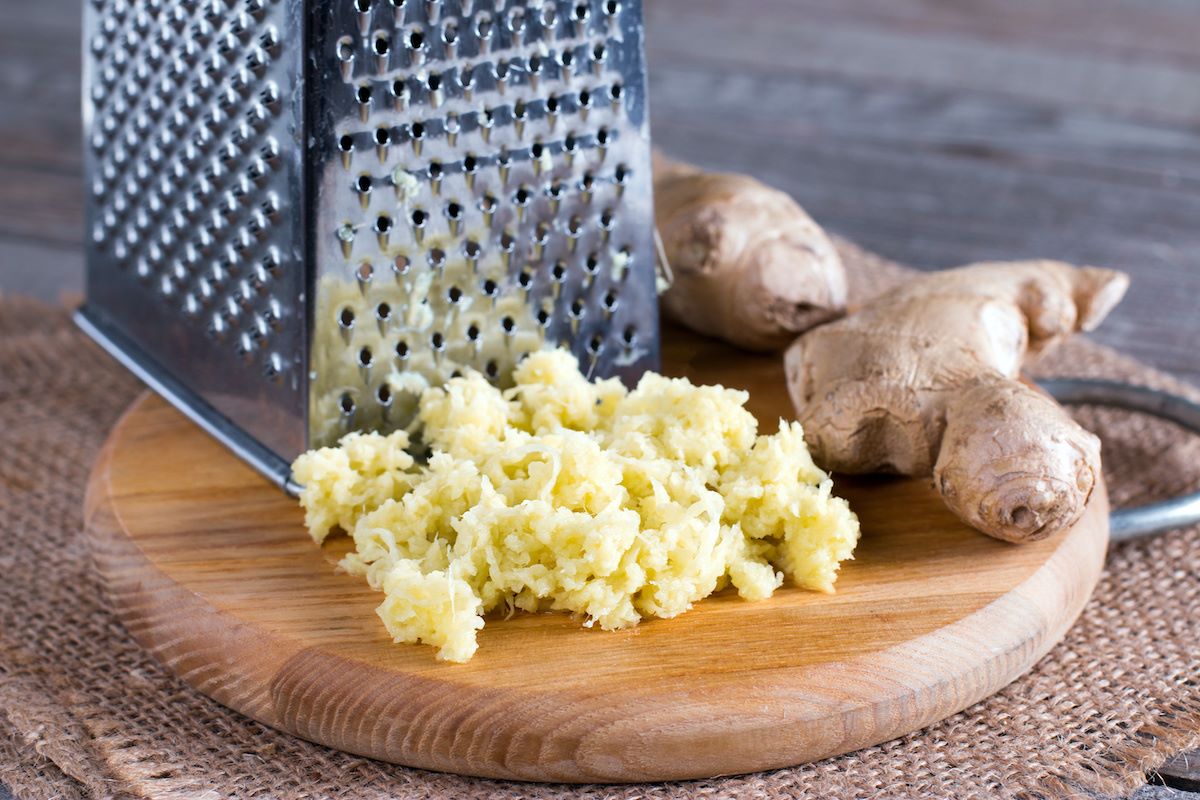
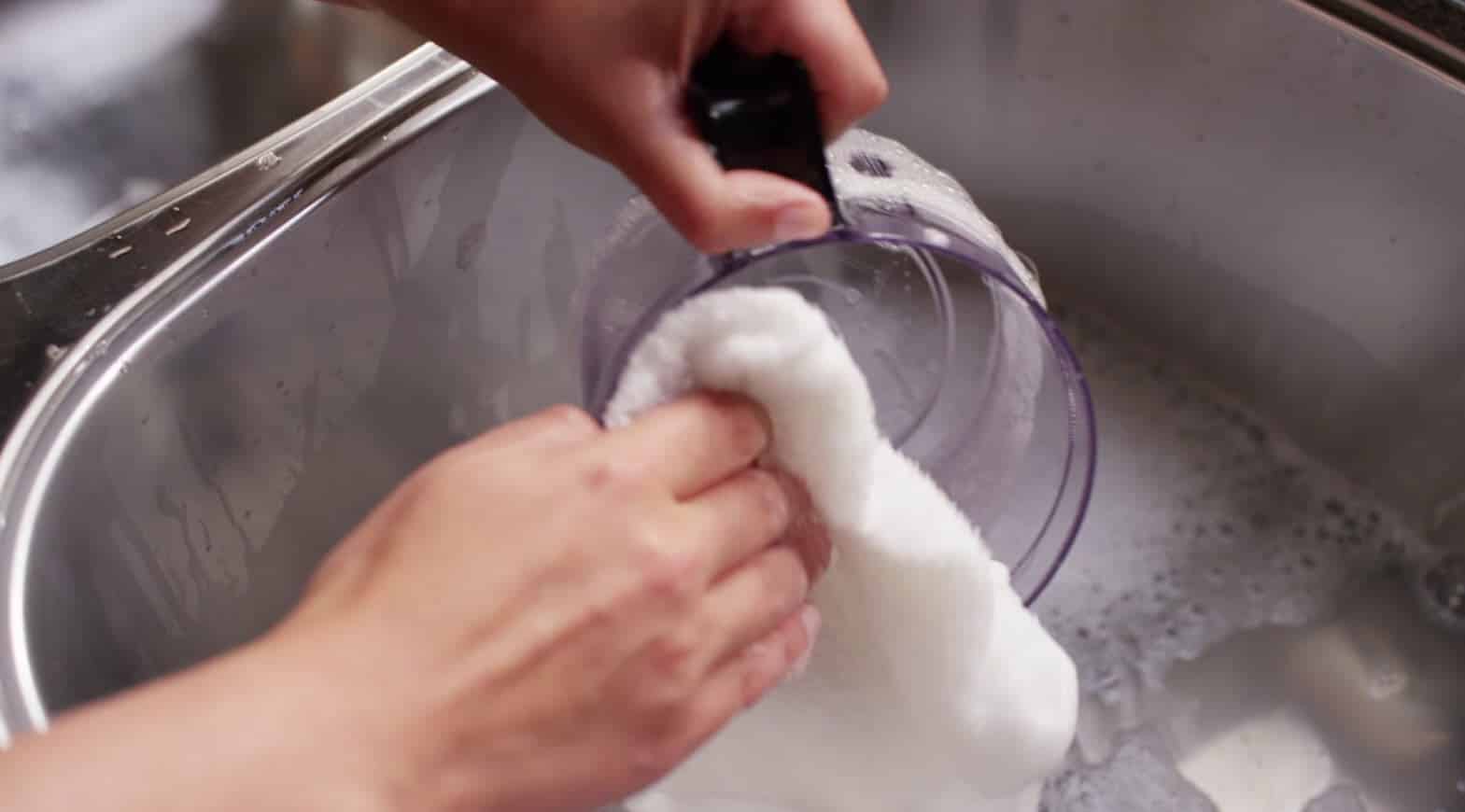
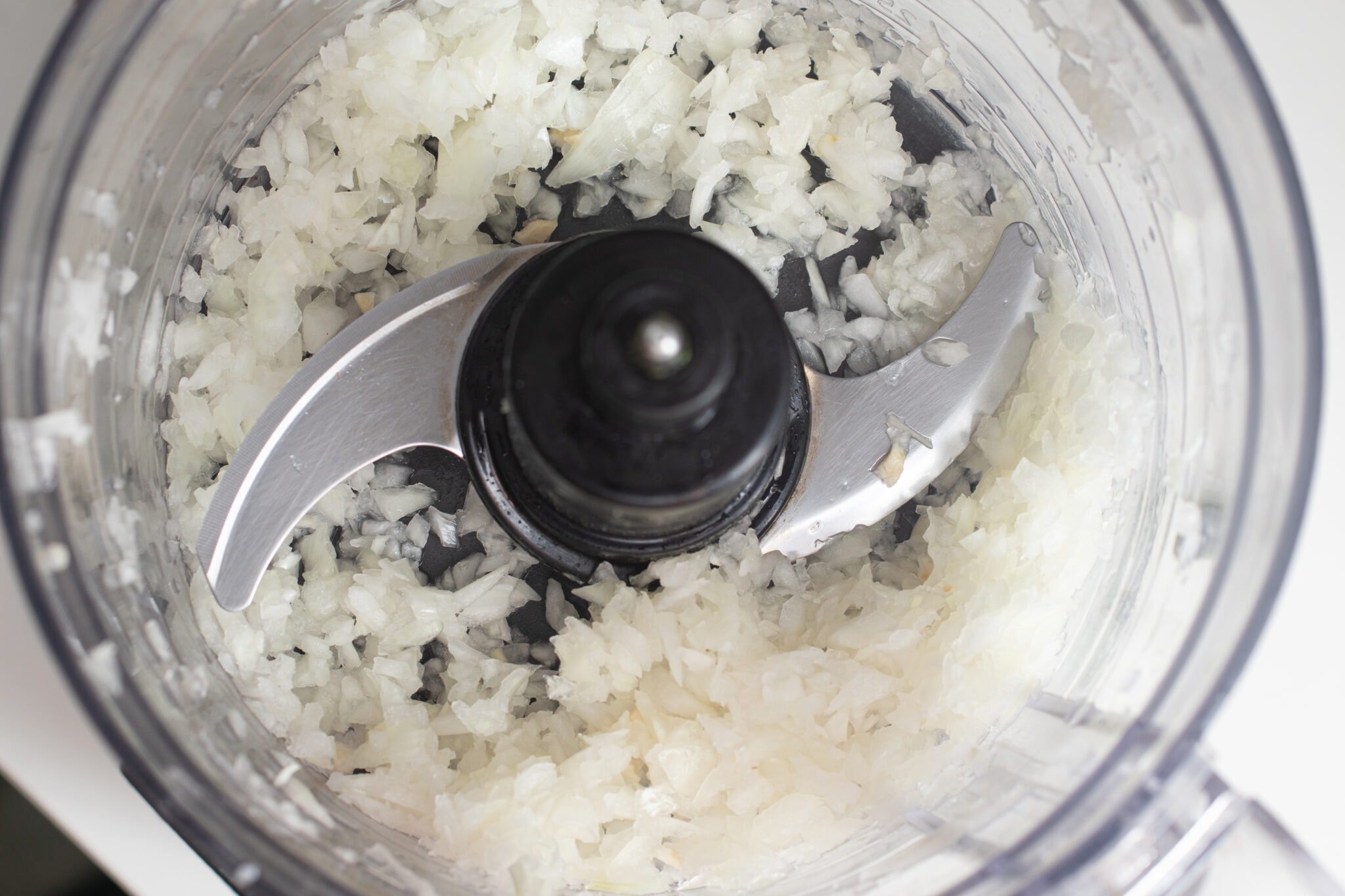
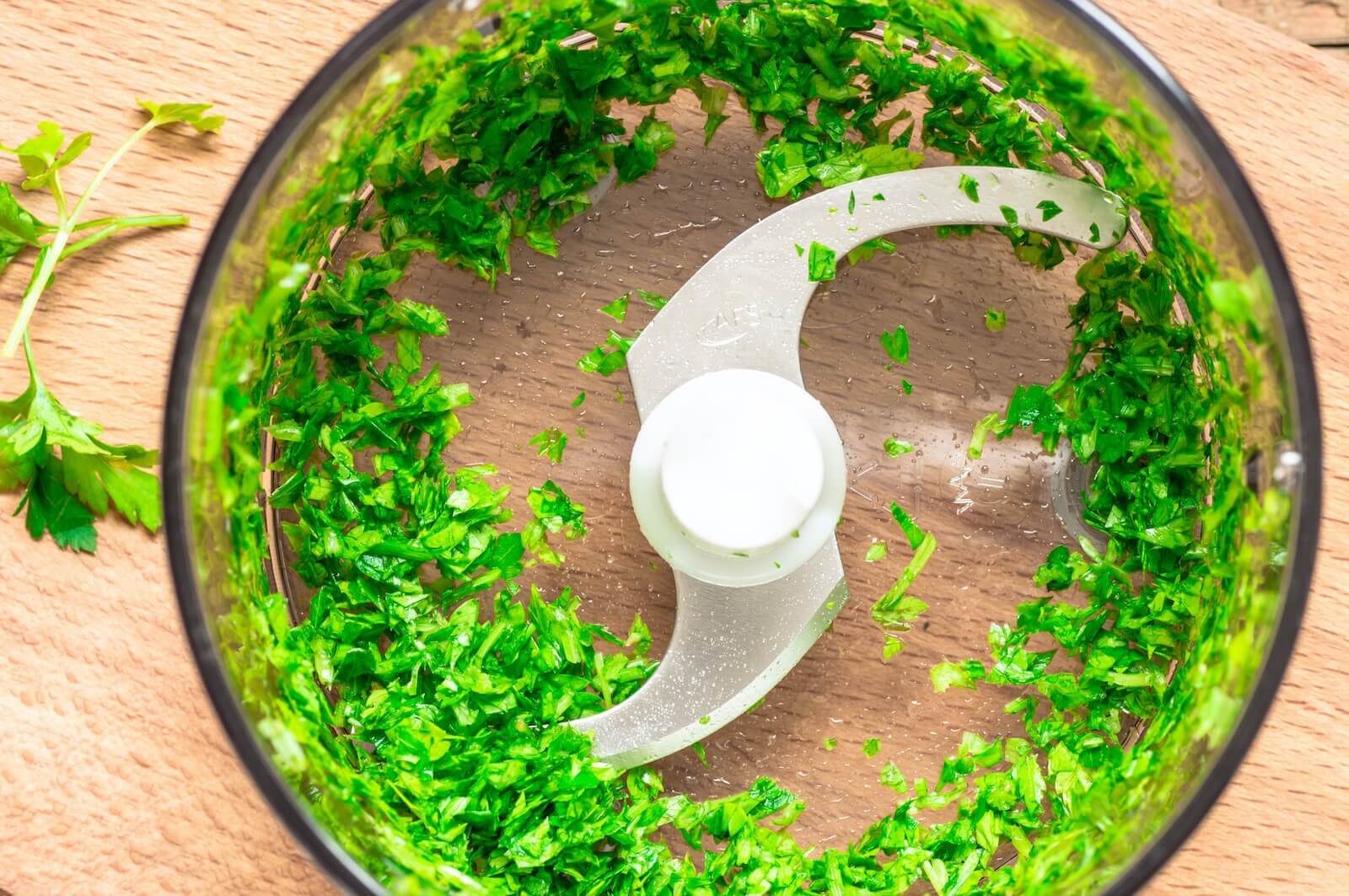
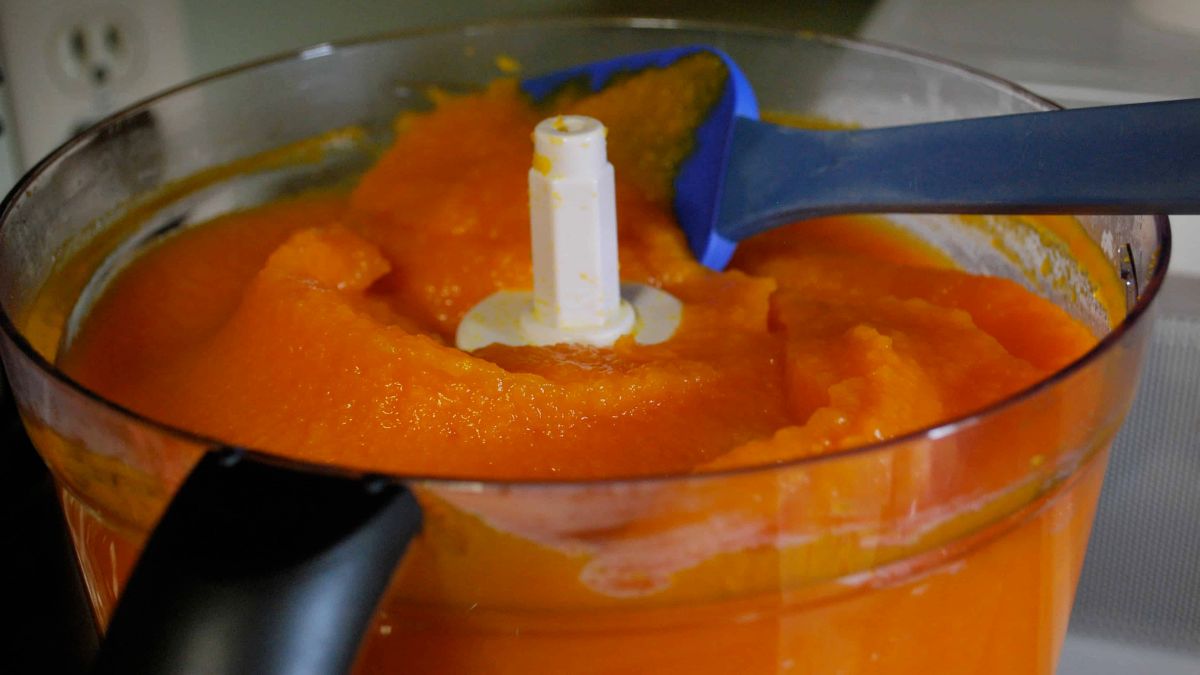
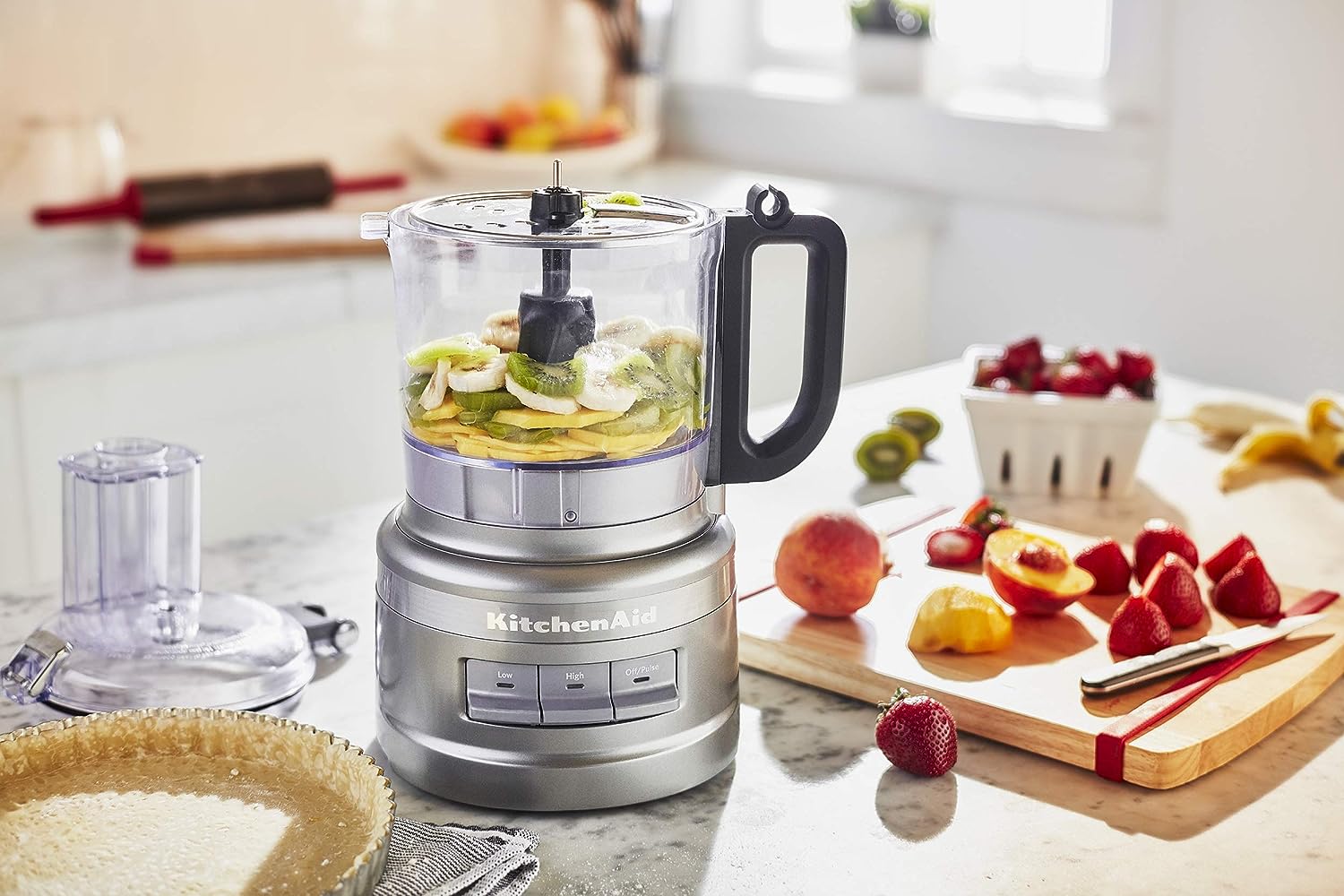
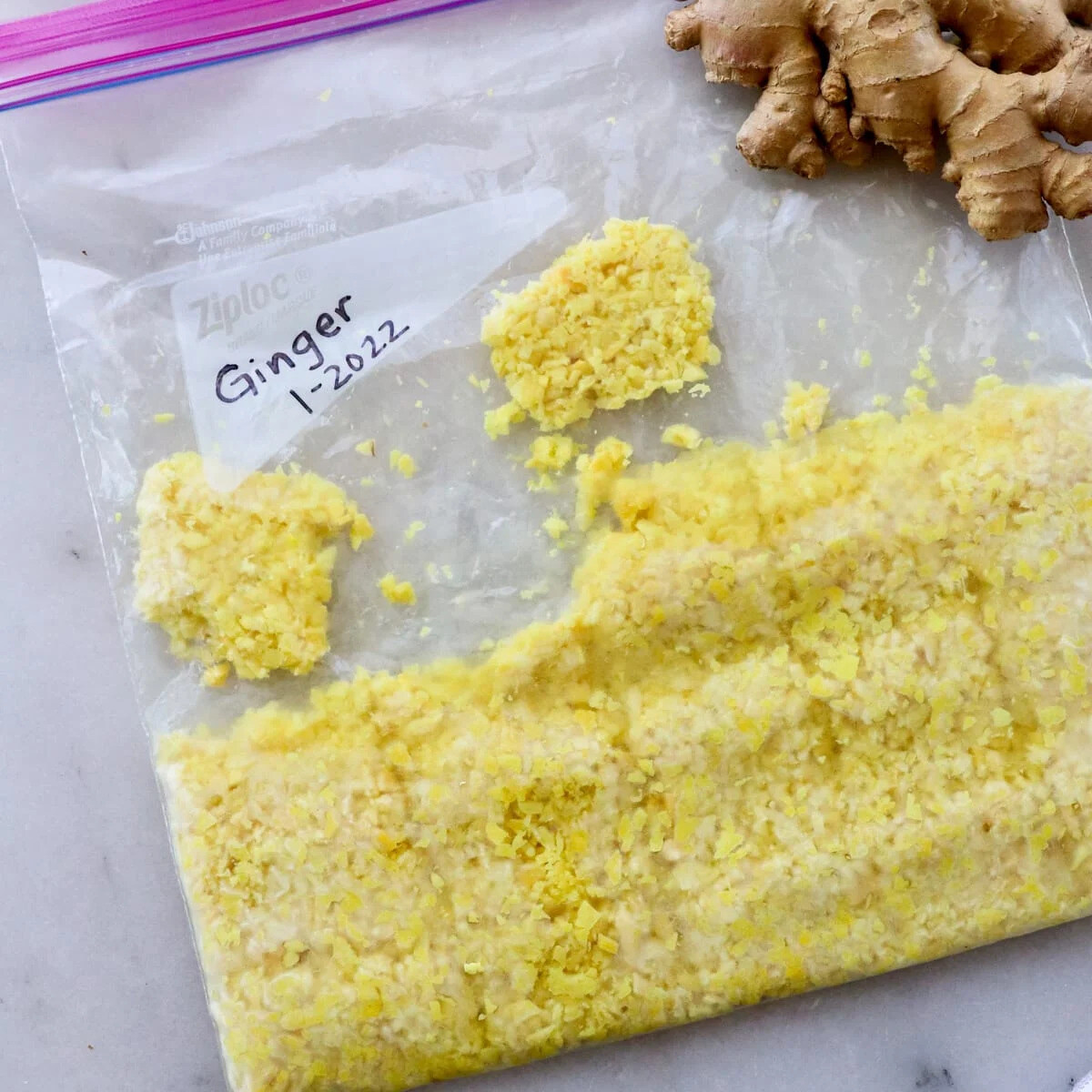
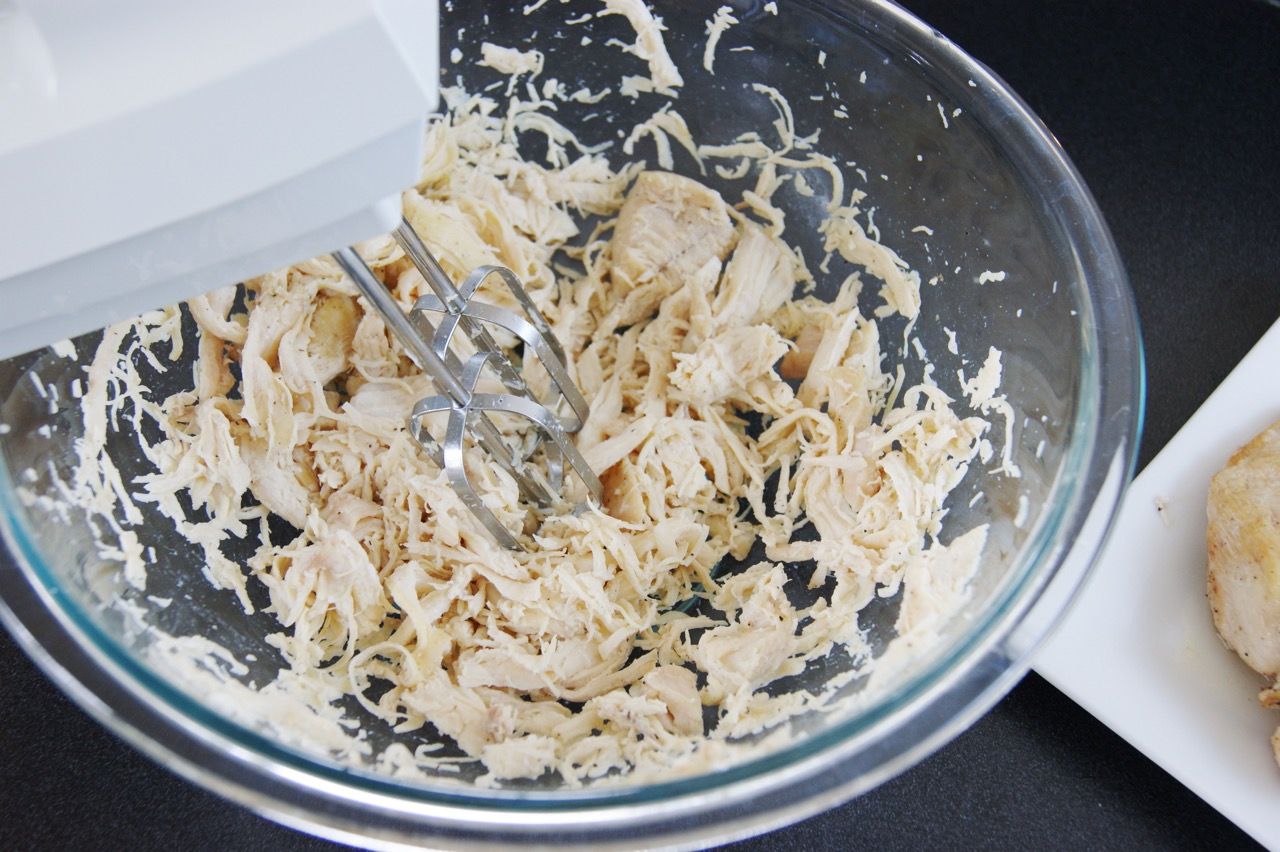
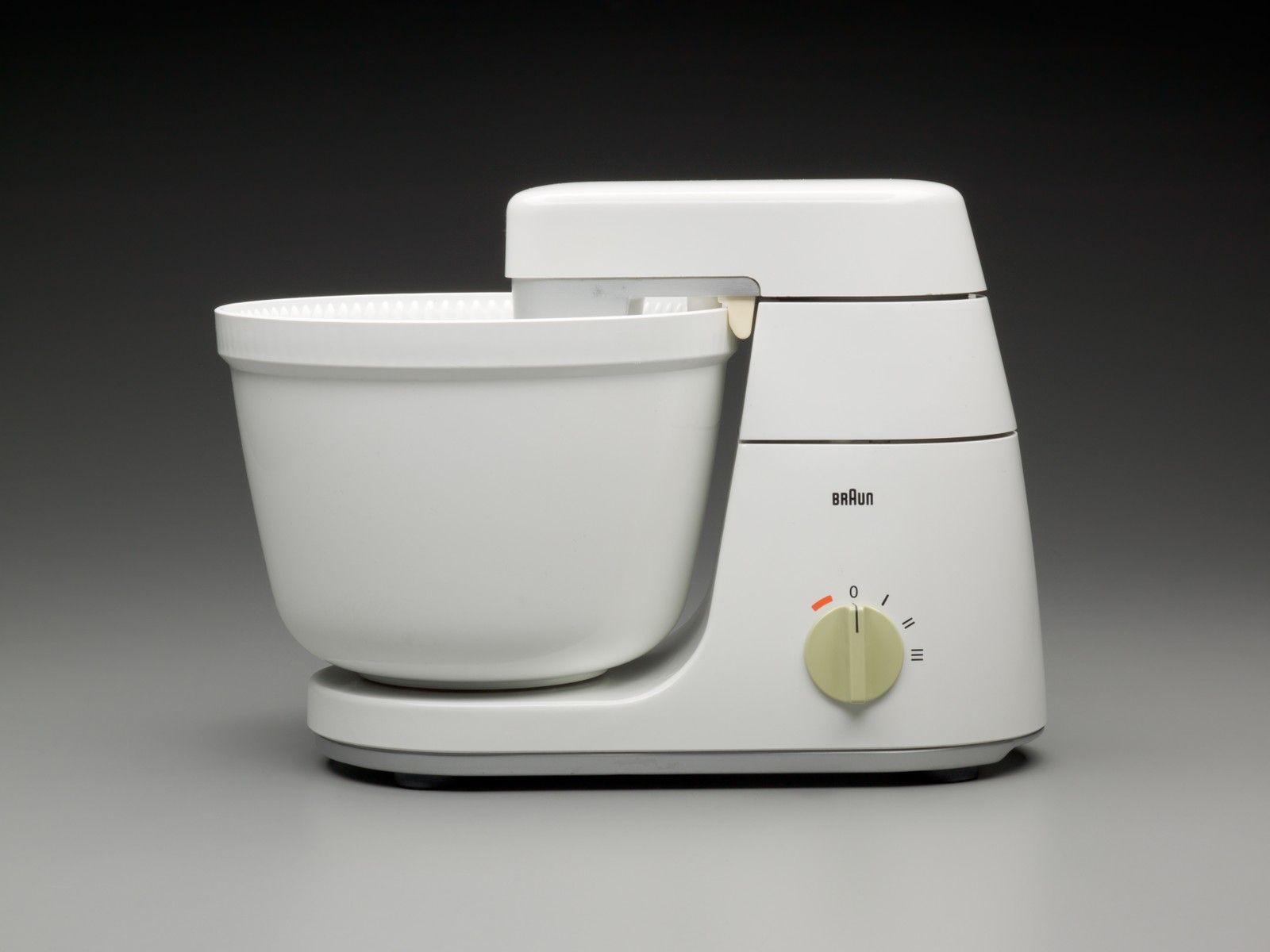
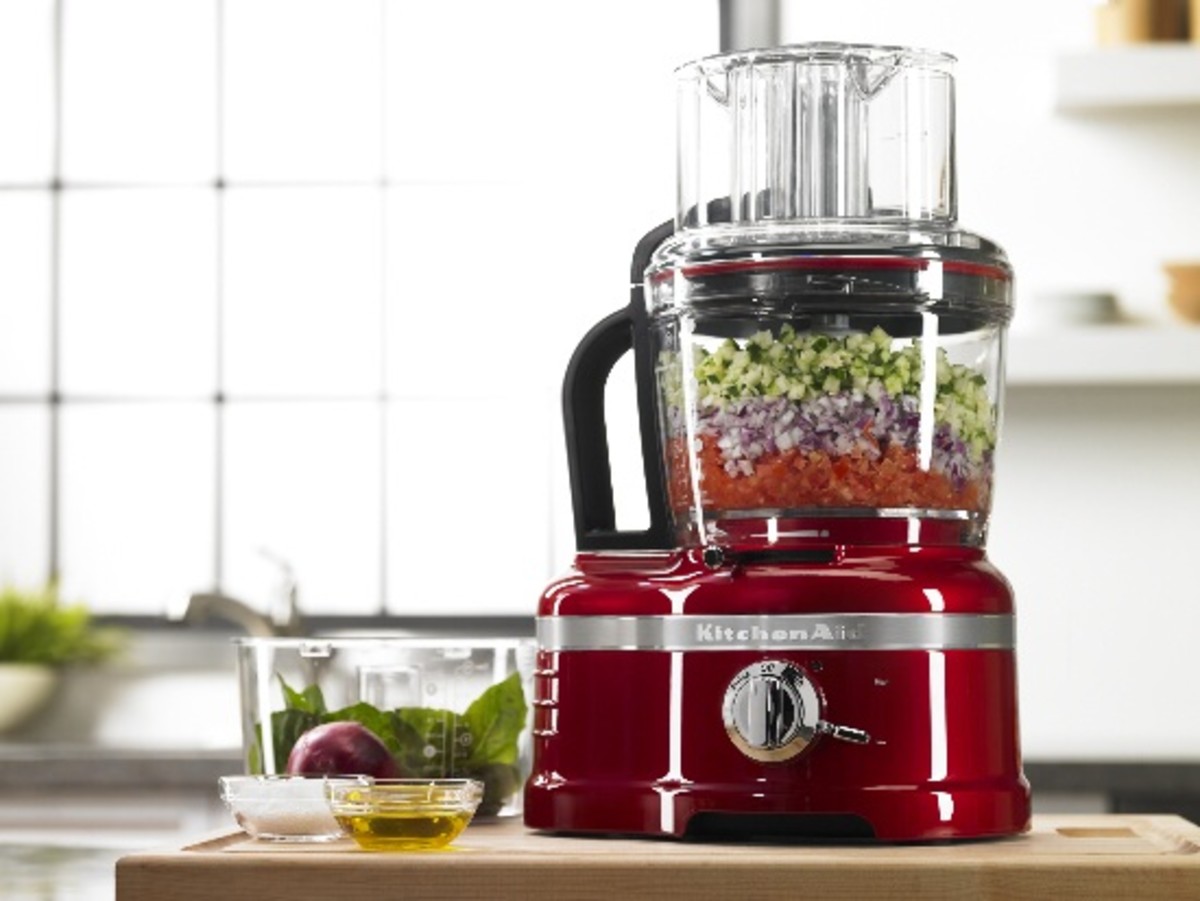
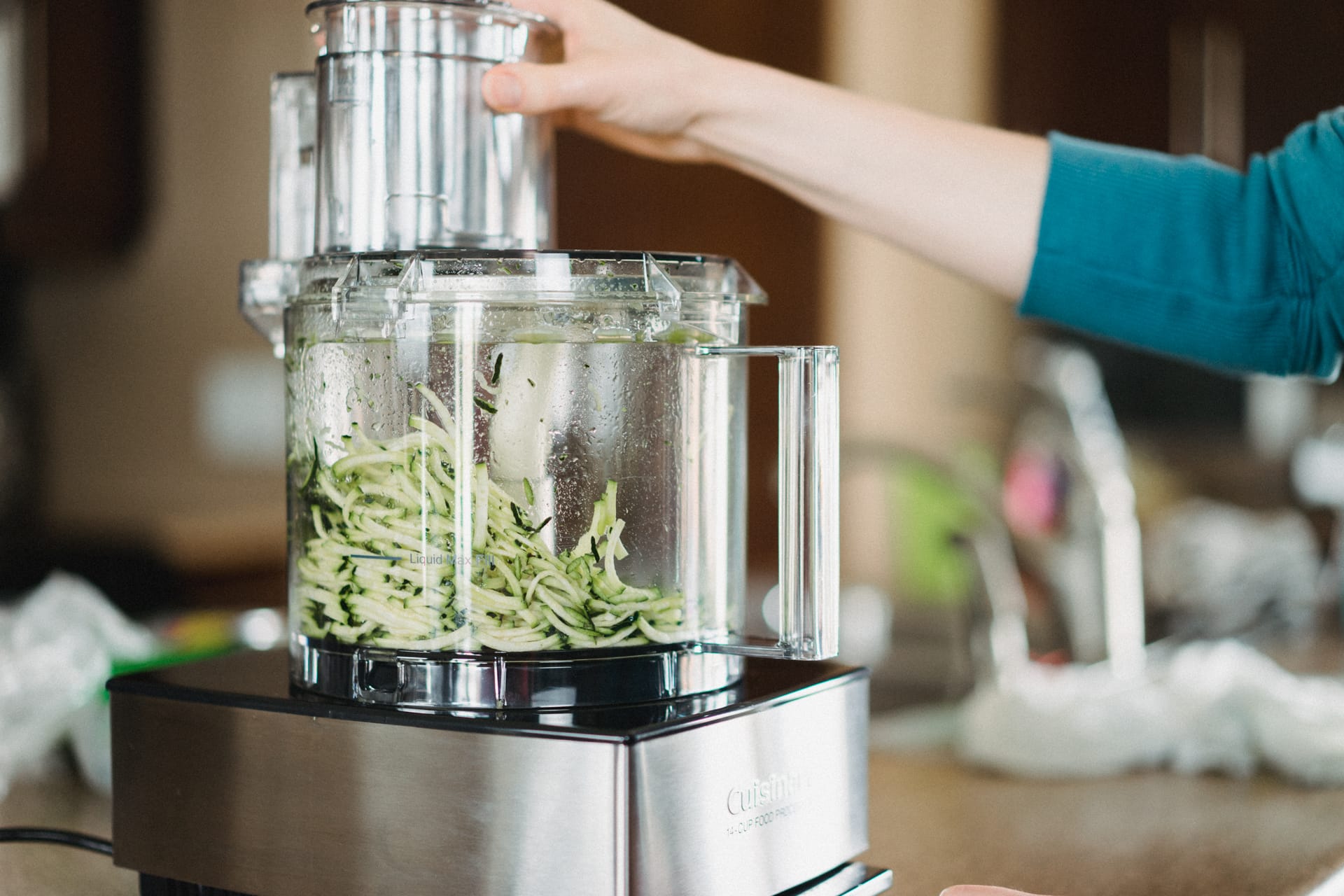


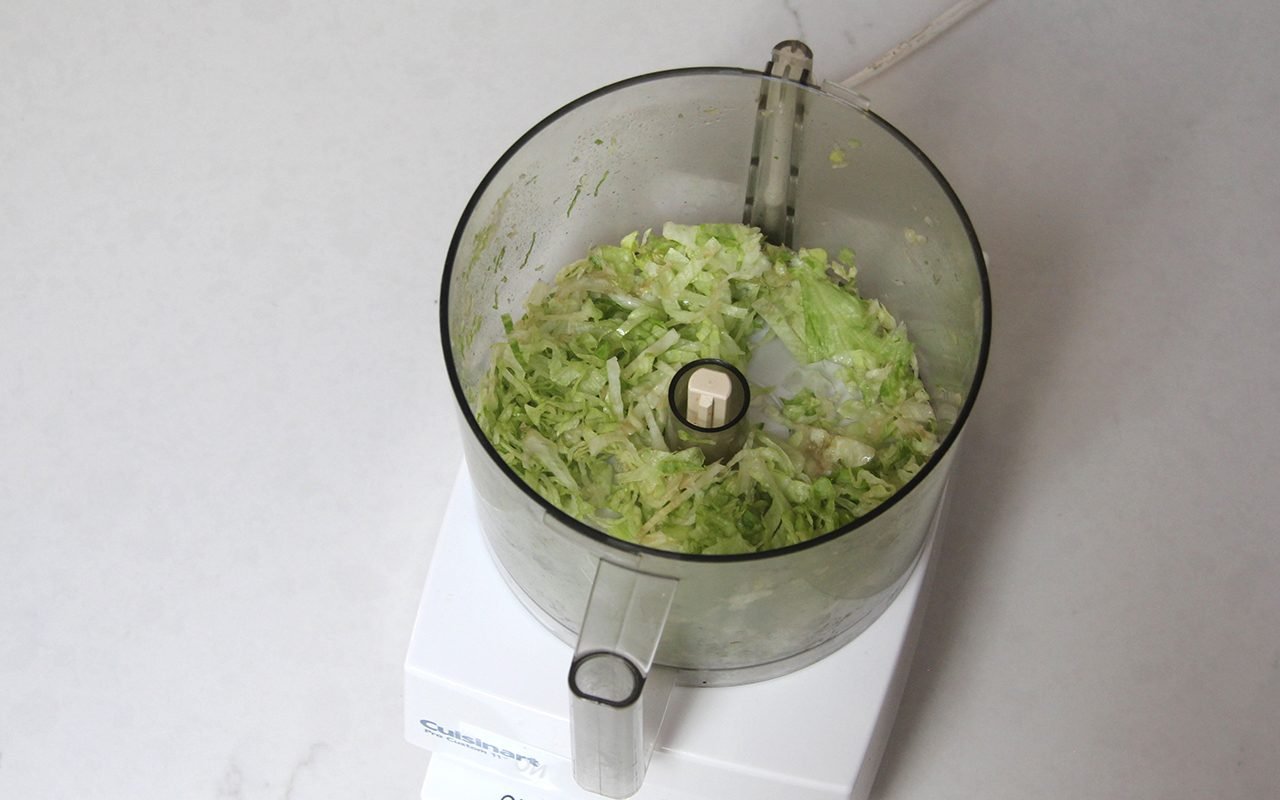

0 thoughts on “How To Grate With A Food Processor”